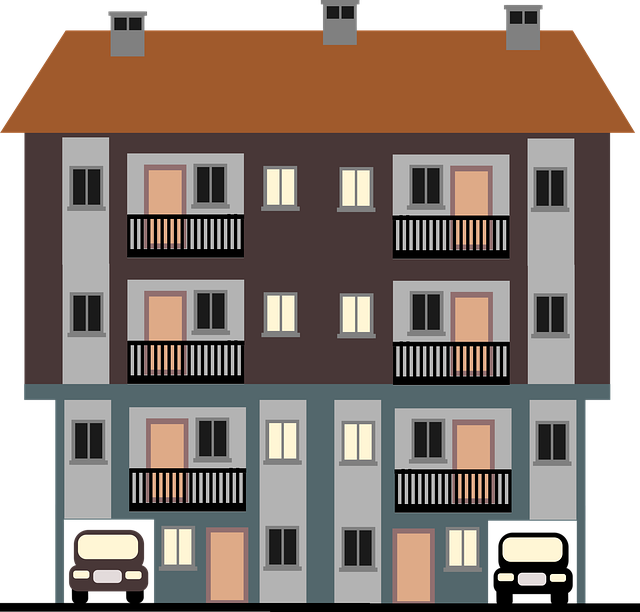
When people think about an apartment fire, they often imagine only the charred, visibly damaged units. Yet in reality, even apartments untouched by flames can suffer significant—and sometimes hidden—consequences. Understanding these impacts can help tenants and property owners alike respond more quickly, protect their health, and safeguard their property value.
Smoke and Soot: The Invisible Invaders
Smoke travels far beyond the fire’s origin. In multi-unit buildings, shared ventilation systems, hallways, and wall cavities act as conduits, allowing smoke and soot to infiltrate neighboring units. This residue can settle deep into porous materials such as carpets, upholstery, drywall, and even electrical outlets. Left untreated, it can create persistent odors, discoloration, and respiratory irritants for months.
Water Damage from Firefighting Efforts
Extinguishing a fire in one unit often means large volumes of water in adjoining areas. Water seeps under walls, into floors, and down to lower levels, saturating insulation and subflooring that may not be immediately visible. Moisture trapped behind walls creates an ideal environment for mold, which can develop in as little as 24 to 48 hours. Routine inspections with moisture meters and prompt drying are essential steps after a fire event—even if your apartment appears unscathed.
Structural Shifts and Compromised Systems
Heat can warp structural members, weaken fasteners, and stress shared utility lines. Electrical wiring, gas pipes, and HVAC ductwork in adjacent units may suffer unseen damage. Even minor warping or compromised seals in fire-rated assemblies can undermine fire protection for the entire building. After any fire, licensed professionals should assess these systems before occupants return to normal routines.
Health and Indoor Air Quality Concerns
Residues from burning plastics, treated wood, or household chemicals produce toxic particles. These pollutants can cling to walls and circulate through the air long after the fire is extinguished. Residents in nearby units may experience headaches, allergies, or respiratory irritation if contaminants are not properly removed. Professional remediation—rather than simple cleaning—offers the safest path to restore healthy air quality.
Practical Steps for Tenants and Owners
- Request a post-fire inspection for your unit, even if it appears unharmed.
- Document conditions with photos and notes to support insurance claims.
- Demand thorough HVAC cleaning and filter replacement to minimize airborne irritants.
- Monitor for mold or lingering odors and address issues promptly with your property manager.
The Bottom Line
Fires rarely confine their impact to a single apartment. Smoke, water, and structural stress can extend well beyond the flames, leaving hidden hazards behind. Acting quickly to inspect, remediate, and document conditions protects your health, preserves your investment, and ensures your home remains truly safe—even after someone else’s emergency.

Recent Comments